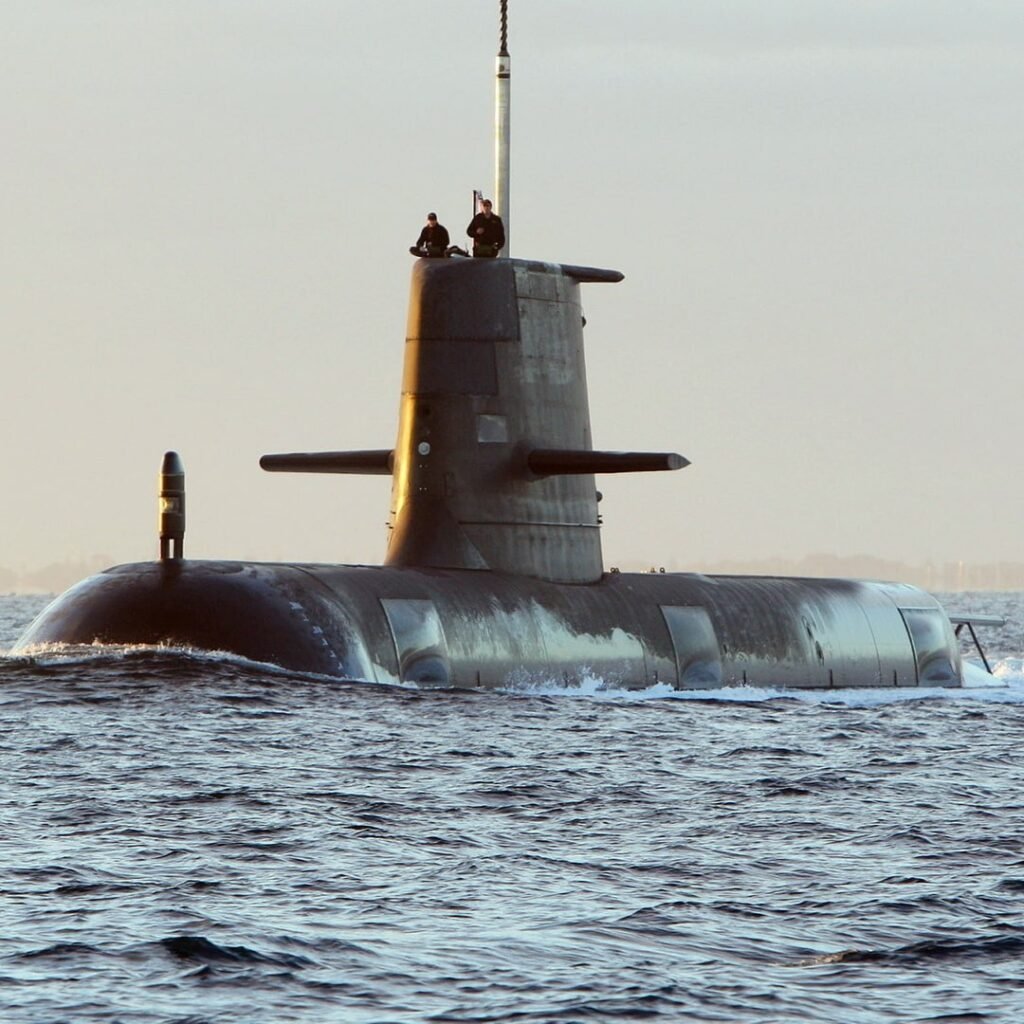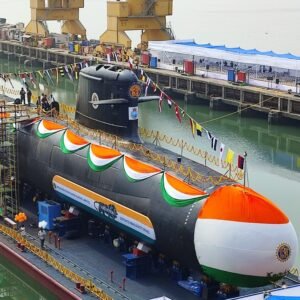I. Overview of The Russian Navy’s Submarine Fleet
A. The Five Most Advanced Russian Submarines
Russia has always been known for its military prowess, particularly its submarine fleet. The Russian Navy is equipped with some of the most advanced submarines in the world, capable of operating in the harshest conditions and unleashing devastating firepower.
The top 5 Russian submarines that are dominating the seas today. But before we delve into that, let us first take a brief overview of the Russian Navy’s submarine fleet.
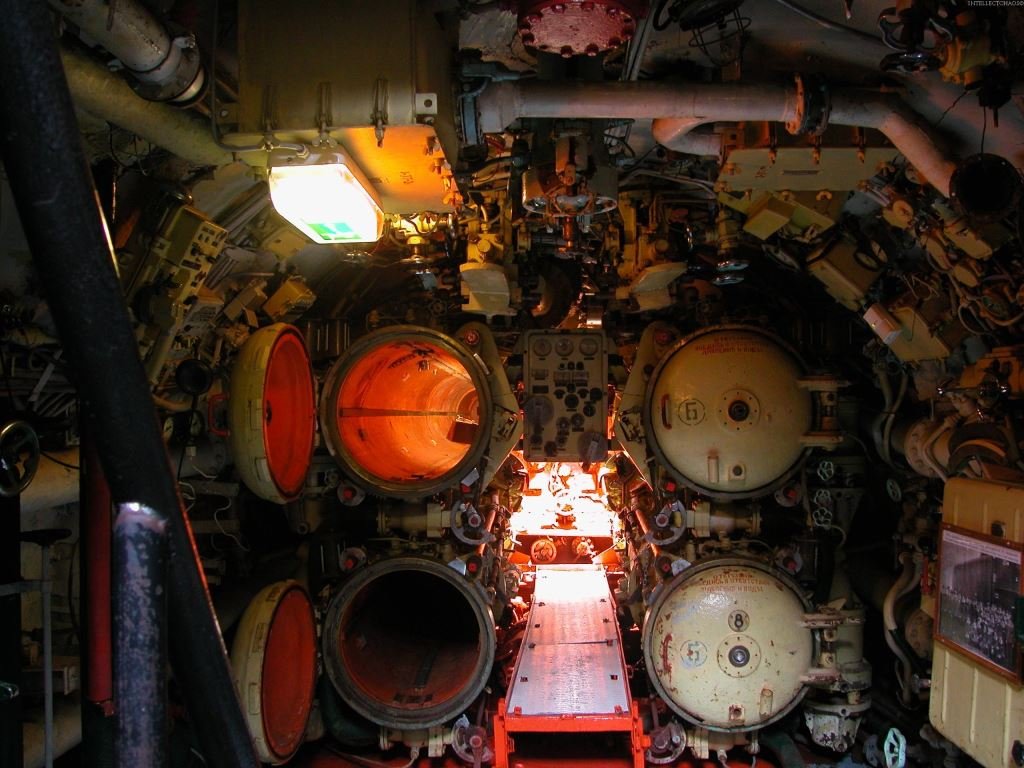
B. Overview of the Russian Navy’s Submarine Fleet
The Russian Navy has a formidable submarine fleet, with around 60 submarines currently in service. These submarines are divided into four main categories – nuclear-powered ballistic missile submarines (SSBNs), nuclear-powered attack submarines (SSNs), diesel-electric attack submarines (SSKs), and special-purpose submarines.
The SSBNs form the backbone of Russia’s nuclear deterrent, carrying intercontinental ballistic missiles (ICBMs) with nuclear warheads. The SSNs are used for intelligence gathering, reconnaissance, and attacking enemy warships and submarines. The SSKs are primarily used for coastal defense and anti-submarine warfare, while the special-purpose submarines are used for a variety of roles, including deep-sea exploration, rescue missions, and special operations.
II. The Top 5 Russian Submarines That are Leading The Charge for The Russian Navy.
The Five Most Advanced Russian Submarines
1. Project 667BDRM Delta IV-class Submarine
The Project 667BDRM Delta IV-class submarine is one of Russia’s older classes of nuclear-powered ballistic missile submarines (SSBNs), but it is still a formidable force in the Russian Navy. These submarines are designed to carry up to 16 R-29RMU2 Layner intercontinental ballistic missiles (ICBMs), each capable of delivering up to ten nuclear warheads.
The Delta IV-class submarines are also equipped with advanced sensors, communication systems, and torpedoes for self-defense. They can operate at depths of up to 400 meters and are designed for extended patrols, with a range of up to 12,000 km. The lead boat of the class, the Tula, was commissioned in 1987, and six more boats were built.
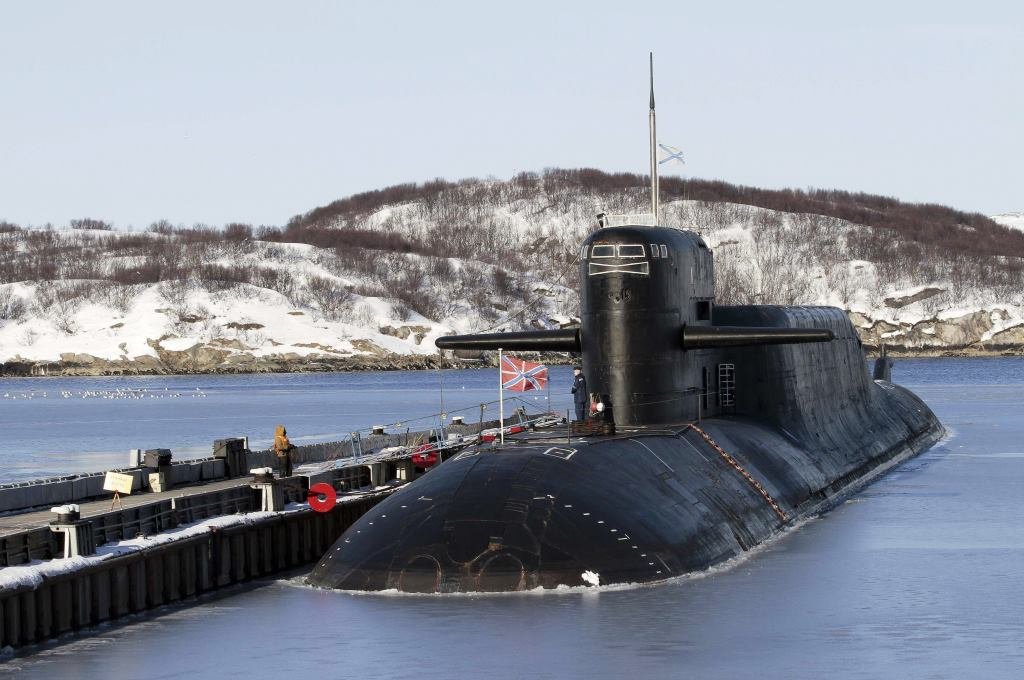
2. Project 885 Yasen-class Submarine
The Project 885 Yasen-class submarine is Russia’s most advanced attack submarine (SSN). These submarines are designed to hunt and destroy enemy submarines, surface ships, and land targets. They are equipped with a range of weapons, including torpedoes, cruise missiles, and anti-ship missiles.
The Yasen-class submarines are also equipped with advanced sensors, communication systems, and stealth technology, making them difficult to detect. They can operate at depths of up to 600 meters and have a range of up to 12,500 km. The lead boat of the class, the Severodvinsk, was commissioned in 2013, and several more boats are under construction.

3. Project 955 Borei-class Submarine
The Project 955 Borei-class submarine is Russia’s newest class of nuclear-powered ballistic missile submarines (SSBNs). These submarines are designed to replace Russia’s aging fleet of Delta III and IV-class SSBNs. They are equipped with up to 16 Bulava intercontinental ballistic missiles (ICBMs), each capable of delivering up to six nuclear warheads.
The Borei-class submarines are also equipped with advanced sensors, communication systems, and torpedoes for self-defense. They can operate at depths of up to 480 meters and have a range of up to 16,000 km. The lead boat of the class, the Yuri Dolgoruky, was commissioned in 2013, and three more boats are under construction.
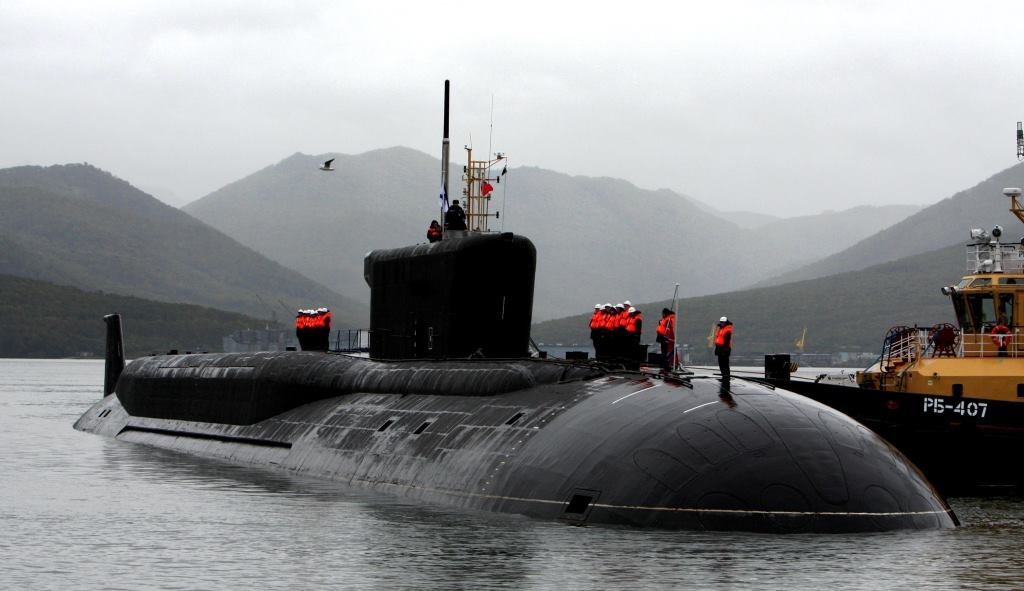
4. Project 949A Antey-class Submarine
The Project 949A Antey-class submarine is one of Russia’s most capable attack submarines (SSNs). These submarines are designed to hunt and destroy enemy submarines, surface ships, and land targets. They are equipped with a range of weapons, including torpedoes, cruise missiles, and anti-ship missiles.
The Antey-class submarines are also equipped with advanced sensors, communication systems, and stealth technology, making them difficult to detect. They can operate at depths of up to 600 meters and have a range of up to 12,000 km. The lead boat of the class, the Kursk, was commissioned in 1994, and six more boats were built.

5. Project 971 Akula-class Submarine
The Project 971 Akula-class submarine is one of Russia’s most well-known attack submarines (SSNs). These submarines are designed to hunt and destroy enemy submarines, surface ships, and land targets. They are equipped with a range of weapons, including torpedoes, cruise missiles, and anti-ship missiles.
The Akula-class submarines are also equipped with advanced sensors, communication systems, and stealth technology, making them difficult to detect. They can operate at depths of up to 480 meters and have a range of up to 10,000 km. The lead boat of the class, the K-284 Akula, was commissioned in 1984, and several more boats were built.

III. General Specification of Russian Submarines
| Submarine Name | Project 667BDRM Delta IV-class | Project 885 Yasen-class | Project 955 Borei-class | Project 949A Antey-class | Project 971 Akula-class |
| Displacement (tons) | 18,200 | 7,500 (Akula-M) / 13,800 (Severodvinsk) | 24,000 (Borei-A) / 28,000 (Borei-B) | 8,400 (Improved Kursk) / 13,500 (Oscar-II) | 8,140 (Improved Akula) |
| Length (meters) | 167.4 | 119 (Akula-M) / 139 (Severodvinsk) | 170 (Borei-A) / 170.8 (Borei-B) | 154 (Improved Kursk) / 154.8 (Oscar-II) | 110 (Improved Akula) |
| Beam (meters) | 12.8 | 13.5 | 13.5 | 18.2 | 13.5 |
| Draft (meters) | 9.2 | 9.4 | 10.0 | 9.0 | 8.4 |
| Speed (knots) | 24 | 16 (Seawolf) / 35 (Akula-M) / 30 (Severodvinsk) | 28 (Borei-A) / 29.5 (Borei-B) | 32 (Improved Kursk) / 32.7 (Oscar-II) | 35 |
| Test depth (meters) | 400 | 600 | 450 | 600 | 480 |
| Crew complement | 130 | 32 (Seawolf) / 64 (Akula-M) / 90 (Severodvinsk) | 107 (Borei-A) / 110 (Borei-B) | 85 (Improved Kursk) / 107 (Oscar-II) | 73 |
| Armament | 16 ballistic missiles | 8 torpedo tubes / 32 VLS cells | 16 ballistic missiles | 24 anti-ship missiles / 4 torpedo tubes | 10 torpedo tubes |
| 6 torpedo tubes | 6 torpedo tubes | ||||
| Propulsion system | 2 pressurized water reactors | 1 nuclear reactor | 1 nuclear reactor | 1 nuclear reactor | 1 nuclear reactor |
| 2 steam turbines | 1 shaft | 1 shaft | 1 shaft | 1 shaft | |
| 2 turbogeneratororors | 1 turbogenerator | 2 turbogenerators | 2 turbogenerators | 2 turbogenerators | |
| 1 auxiliary motor | 1 auxiliary motor | 1 auxiliary motor | 1 auxiliary motor | ||
| 1 pump jet | 1 pump jet | 1 pump jet | 1 pump jet | ||
| Operational status | Retired | Active | Active | Active | Active |
Conclusion
In conclusion, the Russian Navy operates a formidable fleet of submarines, including nuclear-powered ballistic missile submarines (SSBNs), attack submarines (SSNs), and diesel-electric submarines (SSKs). The top five Russian submarines discussed in this article are the Project 667BDRM Delta IV-class submarine, the Project 885 Yasen-class submarine, the Project 955 Borei-class submarine, the Project 949A Antey-class submarine, and the Project 971 Akula-class submarine.
Each of these submarines is designed for a specific role, and they are equipped with advanced sensors, communication systems, and weapons, making them some of the most capable submarines in the world. With Russia’s ongoing modernization program, it is likely that we will see new and even more advanced submarines in the future, cementing Russia’s place as a major player in the field of submarine technology.
Read More:- The USS Virginia Class Submarine (SSN-774) and HMS Astute Submarine (S119).

